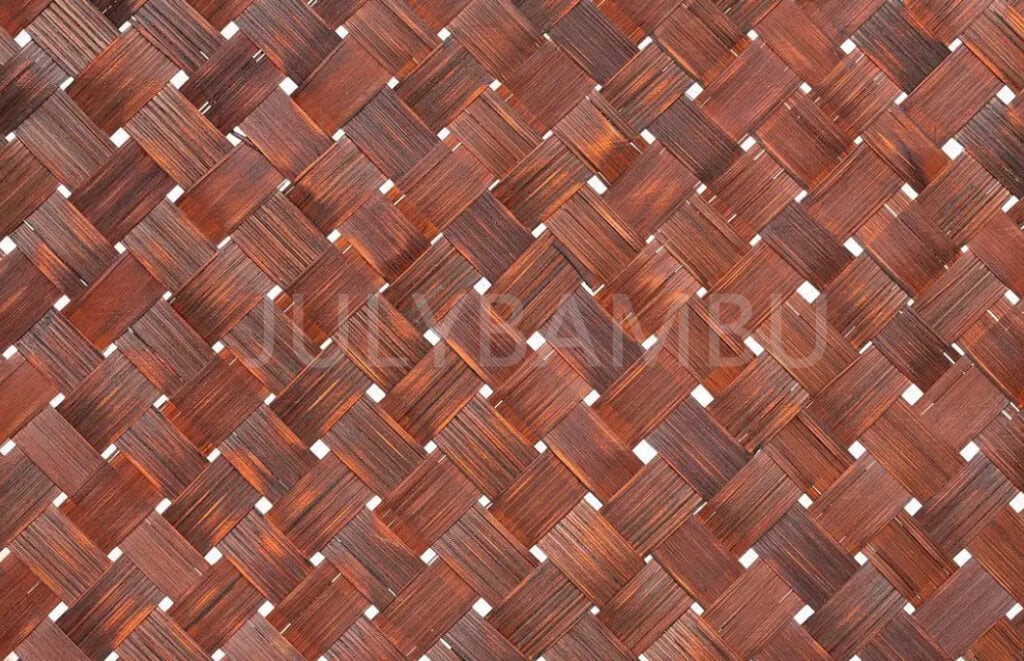Abstract:
Wall cladding is an exterior treatment that has gained significant prominence in the field of architecture. It serves both functional and aesthetic purposes, enhancing the durability and visual appeal of buildings. This paper provides an in-depth analysis of wall cladding, exploring its definition, types, applications, and impact on the sustainability and design of modern architecture.
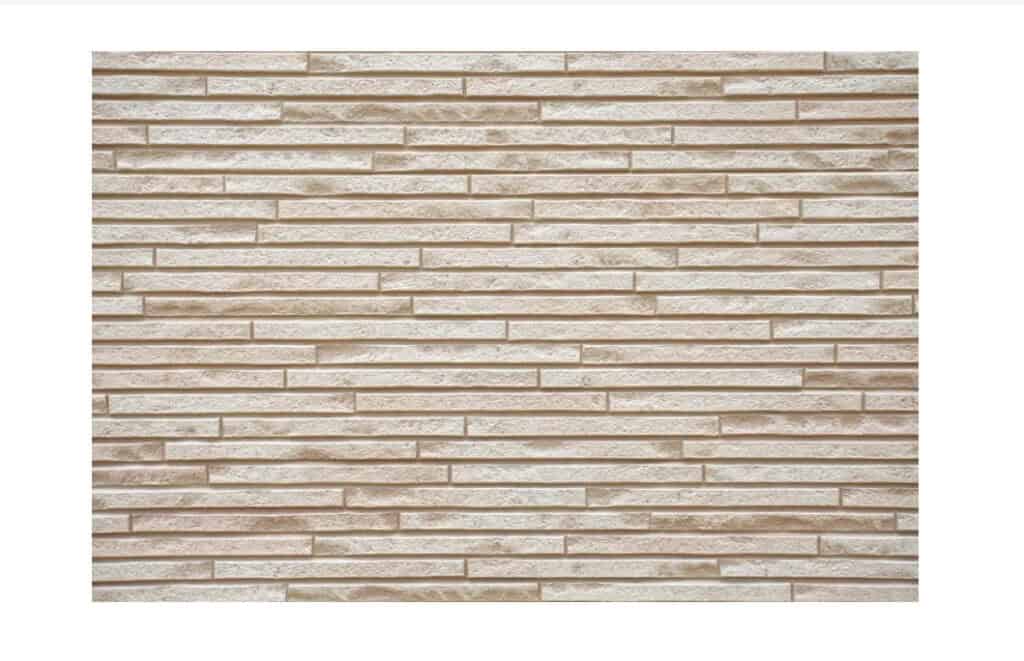
1. Introduction
The evolution of building materials and construction techniques has led to an increased focus on wall cladding as a means to improve the performance and appearance of buildings. Cladding protects the structural integrity of a building while offering designers a medium to express creativity and innovation.
2. Definition of Wall Cladding
Wall cladding is defined as the application of one material over another to provide a skin or layer to the exterior walls of a structure. It is typically used to improve the thermal, moisture, and weather protection of a building, as well as to enhance its visual appeal.
3. Types of Wall Cladding
Several materials are used for wall cladding, each with its unique properties and applications:
Wall cladding materials can be broadly categorized into traditional and modern types, each with distinct properties and applications. Here is an overview of some common materials used for wall cladding:
Metal Cladding: This includes aluminum, steel, and copper panels, known for their durability, malleability, and the ability to be treated for enhanced weather resistance and longevity
Stone Cladding: Natural stone such as granite, marble, and limestone is used for its natural texture and high-end appearance. It is often chosen for high-end residential and commercial buildings due to its timeless appeal
Wood Cladding: Both natural and engineered wood products are popular due to their warm aesthetic and ecological benefits. Wood cladding is appreciated for its natural beauty and sustainability
Masonry Cladding: Traditional materials like brick and stone are known for their thermal insulation and classic appearance. They offer a historic appeal and are often associated with durability and stability
Glass Cladding: Used in modern architecture, glass cladding allows for transparency and natural light penetration. It is often used in commercial buildings to allow natural light to penetrate deep into the building
Composite Cladding: Materials like fiber cement boards and PVC panels combine the advantages of various materials for versatility and low maintenance requirements
Ceramic Facades: Ceramic materials are known for their resistance to various environmental factors and their ability to be used in various colors and sizes
Concrete Facades: Concrete panels offer a robust and massive appearance and can be colored using different materials such as limestone, quartz, and granite
Vinyl Cladding: As a cost-effective and low-maintenance option, vinyl cladding is available in a wide range of colors and styles
Fiber Cement Cladding: This is a cost-effective solution for various types of buildings and is particularly useful for sound-proofing
Brick Cladding: Brick is a traditional choice that offers a classic and rustic appearance with excellent durability and low maintenance
PVC (Polyvinyl Chloride): PVC cladding is lightweight, dent-resistant, and does not require repainting, making it a popular choice for both interior and exterior use
Limestone: Limestone cladding provides an aesthetic appeal to both residential and commercial building facades and offers protection against moisture and external pollutants
Bamboo Cladding: Bamboo cladding is an innovative and sustainable material that is gaining significant traction in the construction industry. It is laminated from high-quality bamboo strips, which are precision-milled to create panels suitable for both indoor and outdoor applications. Bamboo cladding is valued for its natural beauty, sustainability, and durability. It is available in various types, including natural, stained, carbonized, strand woven, and engineered bamboo, offering a range of aesthetic and performance options
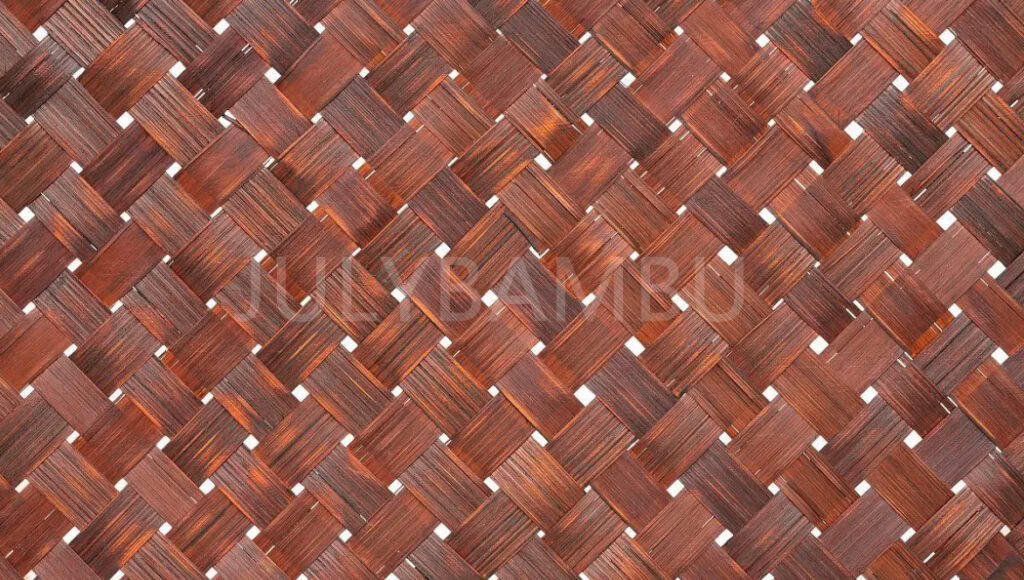
Recently, there has been a growing focus on sustainable and energy-efficient materials. Sustainable cladding materials such as timber from certified forests, recycled metal cladding, and locally sourced brick and stone not only reduce the environmental impact but also offer energy efficiency and improved indoor air quality. Innovations in cladding materials also include the use of phase change materials to improve thermal storage performance, which can lead to energy savings . Furthermore, the selection of cladding systems based on thermal performance and energy consumption is becoming increasingly important in hot climates, with materials like stone cladding showing potential to reduce cooling loads.
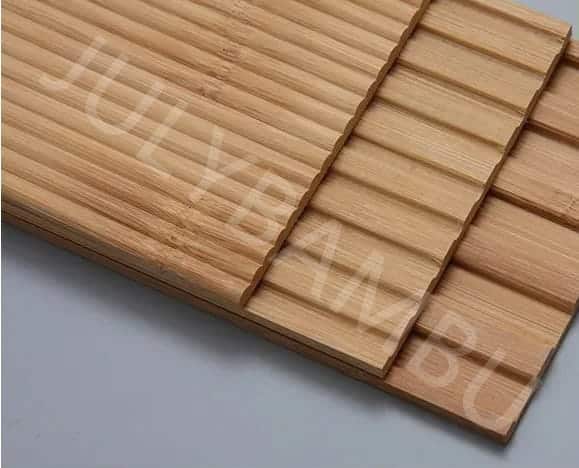
The choice of cladding material depends on various factors including the building’s functional requirements, environmental conditions, budget constraints, and aesthetic demands. Designers must consider these factors to achieve a balance between performance and visual appeal.
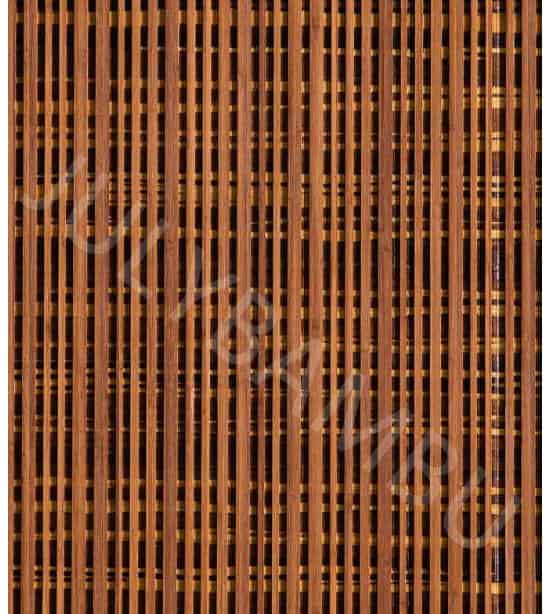
4. Functions of Wall Cladding
Wall cladding serves multiple functions in building design and construction:
– 4.1 Protective Function: Shields the building from environmental elements, preventing water infiltration and structural damage.
– 4.2 Insulation: Reduces thermal transfer, enhancing energy efficiency and reducing heating and cooling costs.
– 4.3 Soundproofing: Absorbs external noise, creating a quieter interior environment.
– 4.4 Aesthetics: Enhances the visual appeal of the building, allowing for customization to fit architectural styles and preferences.
– 4.5 Durability: Extends the lifespan of the building by protecting the structure from wear and tear.

